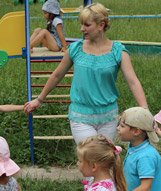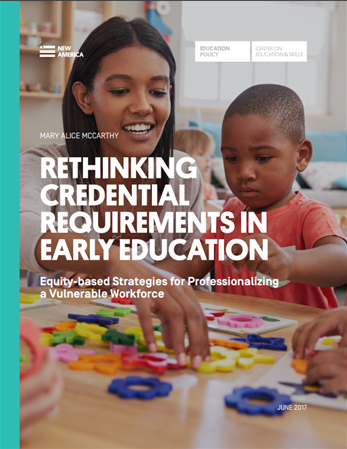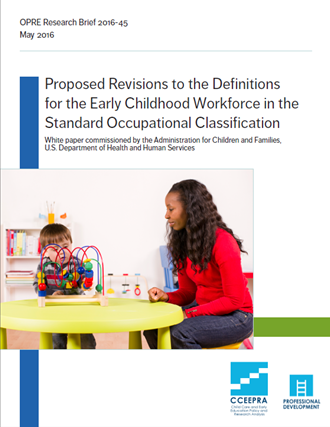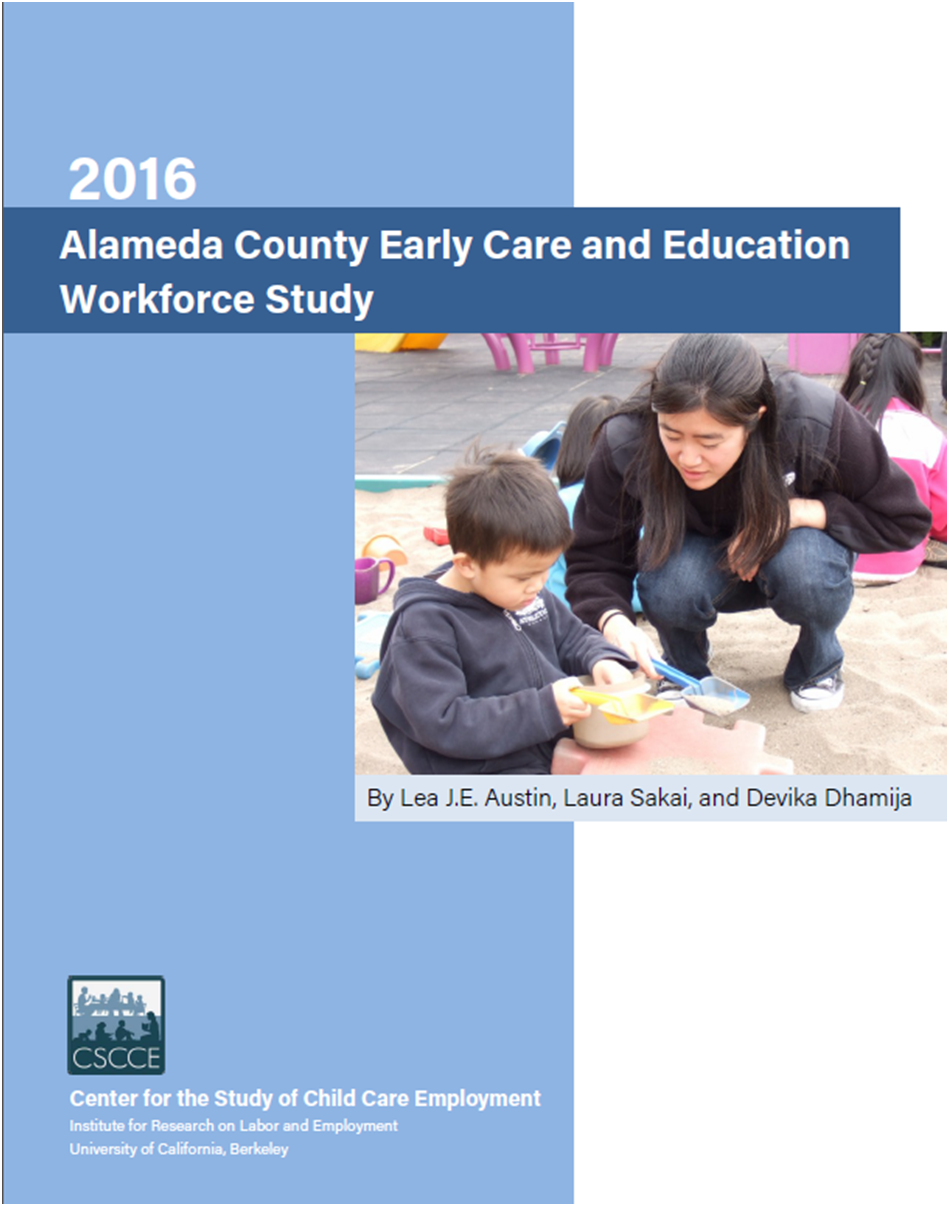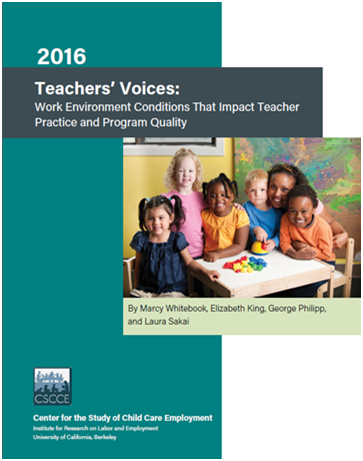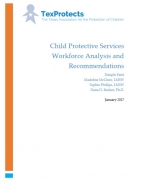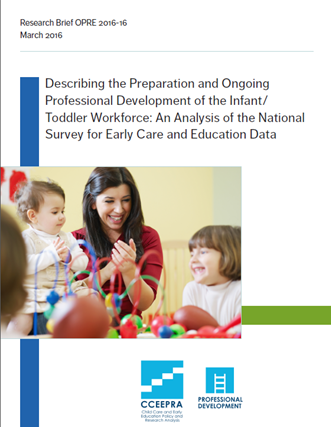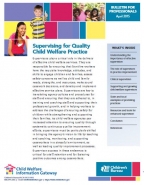Summary:
Proposed Revisions to the Definitions for the Early Childhood Workforce in the Standard Occupational Classification proposes changes to the titles, definitions, and placement for the detailed occupations involving the early childhood care and education workforce in the Standard Occupational Classification.
This paper does the following:
- summarizes the key principles and coding guidelines from the 2010 SOC that must be taken into account in proposing revisions to the SOC definitions for the ECCE workforce;
- presents the definitions for the current detailed occupational categories in the SOC pertaining to the ECCE workforce;
- summarizes the problems with the current categorization and definitions as identified by the NAS Committee, and further issues that the Workgroup has identified when considering how the current definitions align with the principles and coding guidelines for the SOC;
- proposes a revised set of categories and definitions, indicating how they address the problems with the current occupational categories and definitions while adhering to the current principles and coding guidelines for the SOC;
- indicates how the revised categories and definitions could be used in conjunction with data on employment by industry to identify key subgroups of the ECCE workforce that are of high priority to federal agencies and other public and private users of the data;
- discusses the important priority of time series continuity (noting the proposed addition of a new Classification Principle focusing on this priority in the May 22nd, 2014 Federal Register Notice), and the potential for conducting time series analyses if the new occupational categories and definitions are adopted;
- discusses the differing contributions of recurrent data collection on the ECCE workforce through the
- federal statistical system and such one-time or periodic efforts as the National Survey of Early Care and Education (NSECE); and finally,
- acknowledges key limitations that cannot be addressed through proposing changes to the SOC categories and definitions, because of the nature of federal data collection on occupations, as well as the need for parallel steps to be taken to review definitions for the workforce working with school-age children in out-of-school-time care.
Proposed Revisions to the Definitions for the Early Childhood Workforce in the Standard Occupational Classification was commissioned by the Administration for Children and Families, U.S. Department of Health and Human Services and submitted by the Workgroup on the Early Childhood Workforce and Professional Development.
